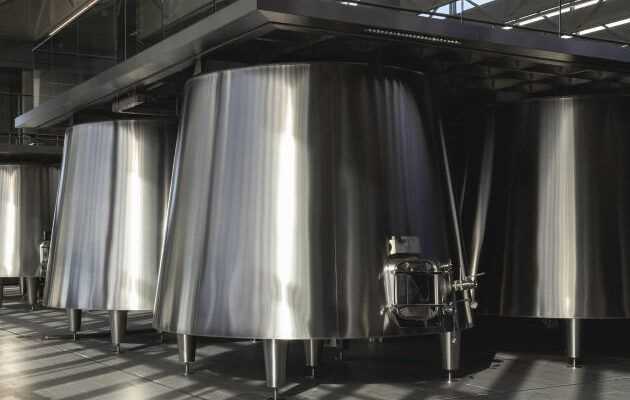In images, in picturesVisit of the exceptional buildings recently built by three estates in the region.
Three prestigious properties in the Bordeaux vineyards have inaugurated brand new cellars for the harvest last September. These have the particularity of opening transparent walls on the surrounding vines and thus highlighting the grapes, at a time when the climatic hazards accumulate. They are also more energy efficient. Finally, they express the power of a vineyard which, unlike others in France, is full of spectacular cellars, at least for brands known worldwide.
Château Lynch-Bages, Pauillac’s fifth classified grand cru, has a glass cellar designed by “Didi” Pei, the son of Ieoh Ming Pei, the architect of the Louvre pyramid in Paris. In Saint-Emilion, Château Figeac triples the surface area of its cellar, designed by Bordeaux architects Caroline Marly and Guy-Y Troprés (A3A agency) at a cost of 15 million euros – equipment that further establishes prestige of the brand. Château Haut-Bailly, a serious classified grand cru, is striking with an innovative cellar: buried, it blends in perfectly with the landscape. It is the result of the remarkable work of architect Daniel Romeo, who had worked with Christian de Portzamparc for the Cheval Blanc cellar in Saint-Emilion, which has become a benchmark.
The raw material finds a noble place there, the handling of the grapes is gentle, always in gravity. The wine-making places consume less water and energy: recycling of rainwater, geothermal inertia to reduce electricity consumption, favored natural light… These are three examples of a revolution underway.
